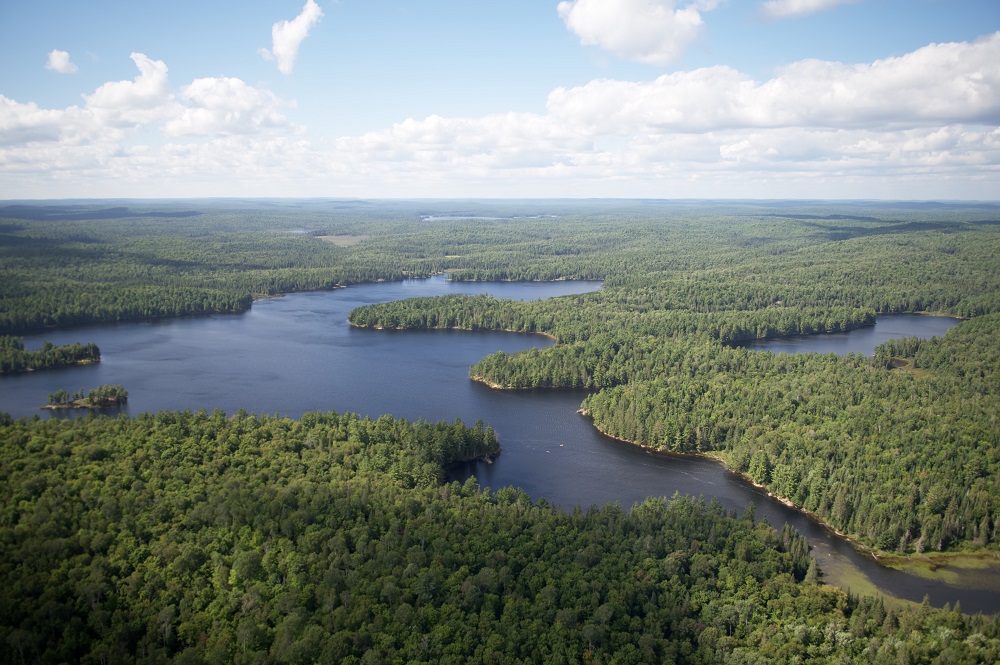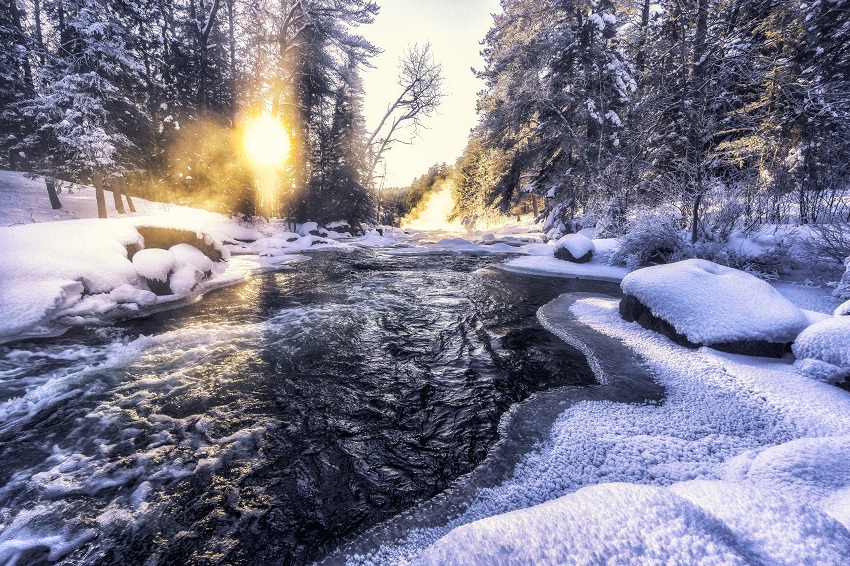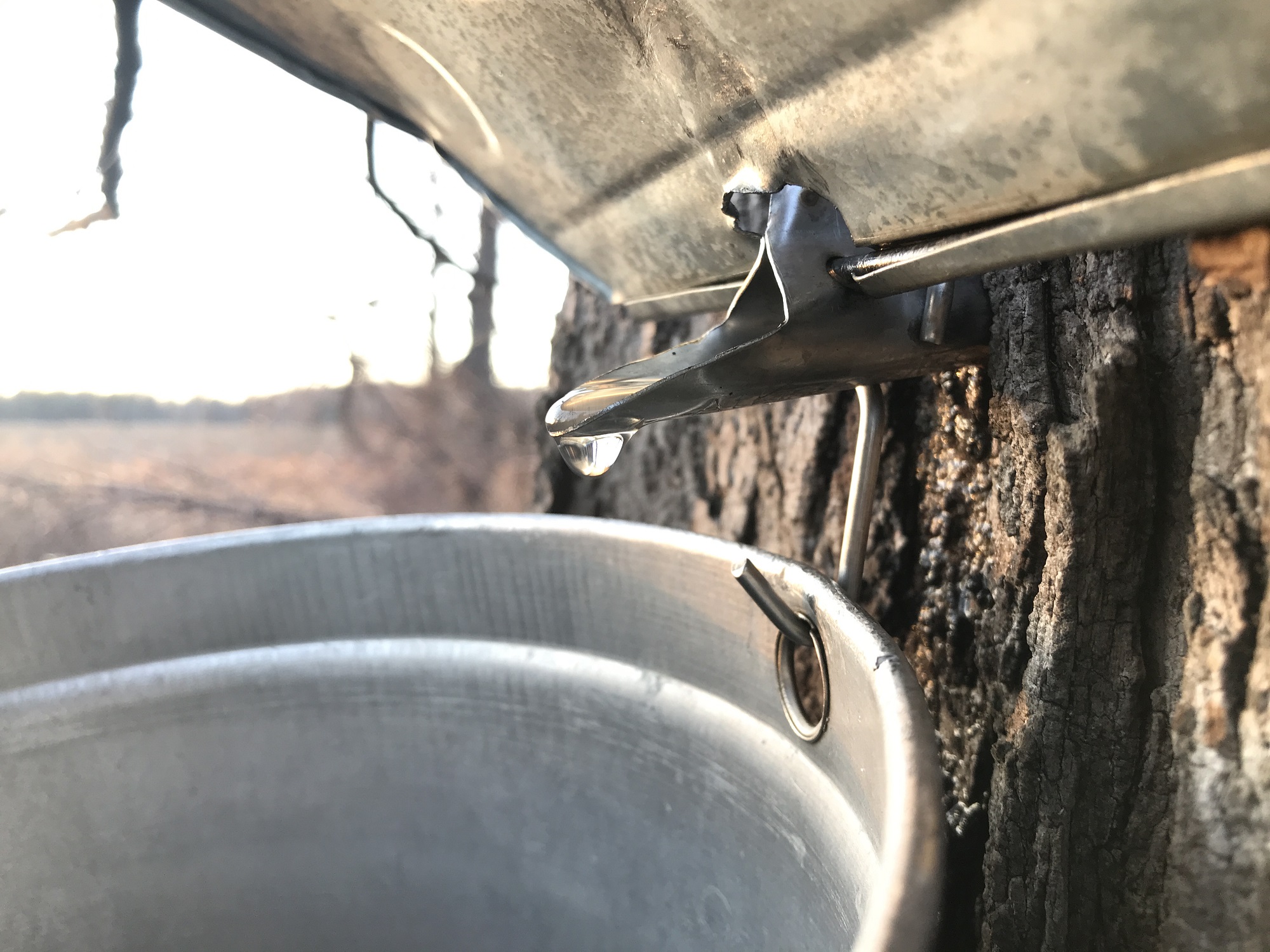This blog comes from Algonquin Provincial Park’s team of biologists and ecologists.
Algonquin Provincial Park is the headwaters for many areas outside the park and a stronghold for coldwater fish species.
Most of our lakes are fed by cold, clean water that bubbles up from the ground. That water flows out of the park and feeds countless lakes and streams in southern Ontario.
One of the goals in establishing the boundaries of the park was to protect those headwaters…because if headwaters become compromised, so too does everything downstream.
That strategy has worked remarkably well in the park’s 132-year history.
Unfortunately, a discovery in the summer of 2022 and more in 2023 has shaken our view of Algonquin Park acting as a fortress for headwater stream protection.
~
A new invasive species in the park
In the summer of 2022, we found the highly invasive and destructive Spiny Waterflea in three beautiful Algonquin Park lakes. Then, in 2023, we found this species in two more lakes for a total of five invaded lakes in two watersheds.
It’s breaking our hearts.
These kinds of discoveries knock us back and makes us wonder what more we could’ve done to prevent this from happening. We’ll be wondering that for the rest of our lives.
This kind of invasion can’t be undone – Spiny Waterflea cannot be removed from a waterbody once introduced. But we can try to prevent introductions from happening in other lakes.
All of us can play a part in that prevention.
For those of you who, like us, love the park – we need your help.
~
What is the Spiny Waterflea?
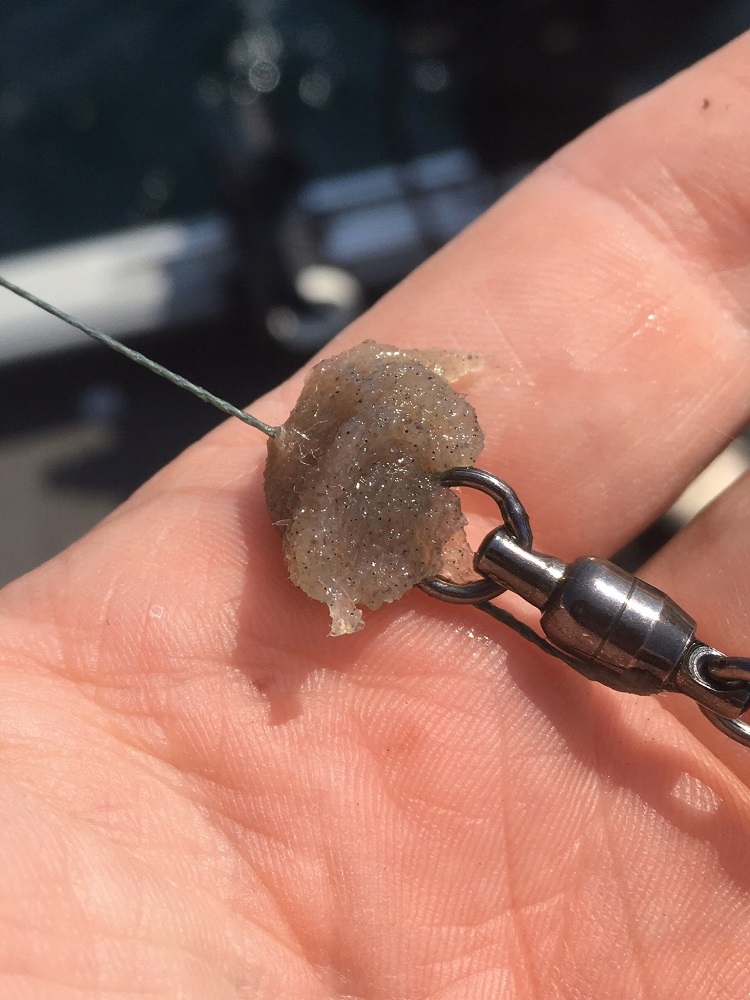
The Spiny Waterflea is a zooplankton that originates from Eurasia.
It’s just long enough to spot with the naked eye at about 1.5 cm in length.
Half of that length is its spiny protrusion that deters predation from young fish.
You can also identify them by their large black eye, or by the clumps they form with other Spiny Waterfleas.
The clumps will appear like clear or slightly greenish gelatinous masses.
The fleas, individual or en masse, can cling to fishing line, anchor ropes, or the bottoms of boats and canoes and can also hide in standing water in livewells and bilges.
Spiny Waterfleas are not harmful to humans or pets, do not carry disease, and do not affect lake water quality for swimming.
~
Coldwater ecosystems
Because Algonquin Park is mostly fed by groundwater, many of its lakes run deep and cold. Those are the exact conditions that species like Lake Trout and Brook Trout thrive in – two fish that draw anglers from all over the world.
Coldwater ecosystems are increasingly rare in Ontario, in part because they are especially fragile.
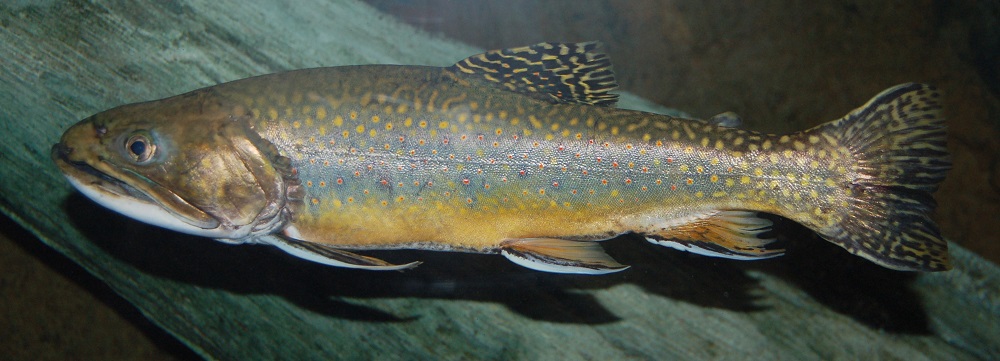
Their cold waters mean they don’t have the same biodiversity as warmer waters. And they are more susceptible to other disturbances, like climate change, over-harvesting, and invasive species.
~
Impact of Spiny Waterflea
Spiny Waterflea has been shown to outcompete native zooplankton and reduce the abundance and size of top-predators in aquatic ecosystems.
Disturbing the population of top predators in an ecosystem destabilizes the whole ecosystem. Brook and Lake Trout are top carnivores in their ecosystems.
Algonquin Park has the highest concentration of these two trout species in all of southern Ontario.
Spiny Waterflea could very well be another nail in the coffin for Algonquin Park’s coldwater trout populations in light of other pressures, including climate change.
If that’s the case, the ecosystems that Algonquin Park visitors flock to will be forever changed and we’ll have failed at protecting these headwaters as was intended when the park was created.
~
What you can do
Although the Spiny Waterflea has been found in two watersheds in the park, we can stop it from spreading into others and moving to lakes upstream.
Here’s what you can do:
- do not show up with messy gear, such as a soggy boat trailer, weeds hanging off your canoe, or an anchor rope that is sitting in water
- check your gear. Look for these small, clear jelly sacks with a long spine. Always wipe down your gear with a cloth or towel. Your paddles, ropes, fishing line, and rods can all harbour Spiny Waterfleas. Drain all standing water from boats, canoes, and kayaks. Complete these checks before you head to Algonquin Park and when you move from one lake to another including over portages
- consider not fishing in lakes with Spiny Waterfleas when portaging into other lakes. The five lakes confirmed to contain Spiny Waterflea are: in the northwest area of the park in North Tea, Manitou, Kioshkokwi, and Three Mile Lakes, as well as Rock Lake south of Highway 60
~
Holding out hope
We’re working hard to help prevent the spread of Spiny Waterflea.
Staff may hand out cloths at Access Point offices in affected areas to wipe down your equipment.
We’re educating visitors about preventative measures, and there’s a watercraft cleaning station at the Lake Opeongo Access Point for visitors to Opeongo and along the Highway 60 corridor.
We will continue to sample lakes in 2025 for Spiny Waterflea. In partnership with the MNR we’re also researching other methods to more easily detect Spiny Waterflea.
We need you to take actions when visiting Algonquin Park to help prevent further introduction and spread of Spiny Waterflea and other invasive species.
Thank you for your support in conserving Algonquin Park’s aquatic ecosystems!

